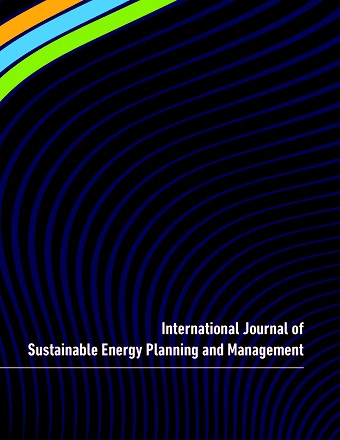Waste-heat utilization potential in a hydrogen-based energy system - An exploratory focus on Italy
Main Article Content
Abstract
The target of the full decarbonisation by 2050 requires high penetration of renewables, with the development of overgeneration situations in the energy system. Hydrogen and electro-fuels could play a key role in hard-to-abate sectors and in grid balancing. By means of the developed NEMeSI model we study the Italian future energy mix, including several Power-to-X (P2X) options to accommodate high RES introduction. The model is set to solve a linear optimization problem, by optimizing the use of resources through the minimization of the supply costs. The use of excess power from renewables is evaluated in solutions such as hydrogen production and electro-fuels synthesis, coupled to Power-to-Heat and storage systems. The model studies the Italian case in a decarbonised scenario and provides an estimation of potential waste heat recovery from the P2X processes, differentiating from low to high temperature waste heat. Waste heat can be used for district heating purposes or for power generation via organic Rankine cycle. Both high and low temperature heat recovery show a potential in the order of tens of TWh, with a preference for power generation use.
Article Details
Articles published in International Journal of Sustainable Energy Planning and Management are following the license Creative Commons Attribution-NonCommercial-NoDerivs 3.0 Unported (CC BY-NC-ND 3.0)
Authors retain copyright and grant the journal right of first publication with the work simultaneously licensed under a Creative Commons Attribution License: Attribution - NonCommercial - NoDerivs (by-nc-nd). Further information about Creative Commons
Authors can archive post-print (final draft post-refereering) on personal websites or institutional repositories under these conditions:
- Publishers version cannot be stored elsewhere but on publishers homepage
- Published source must be acknowledged
- Must link to publisher version

